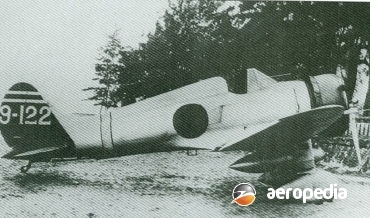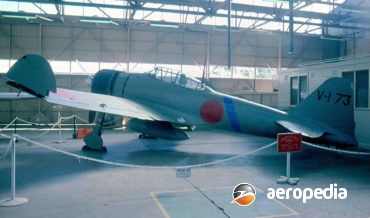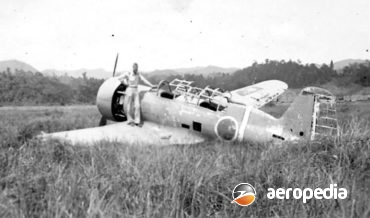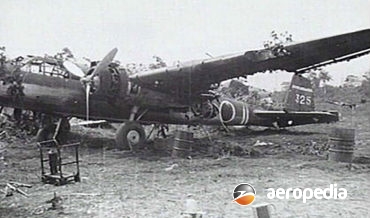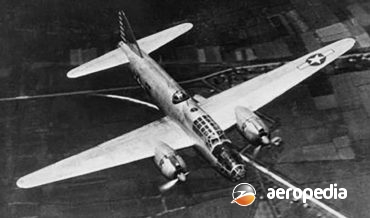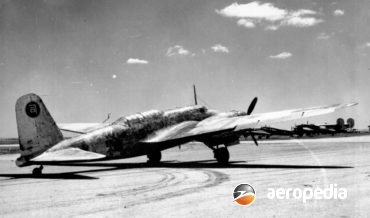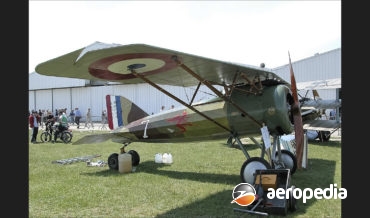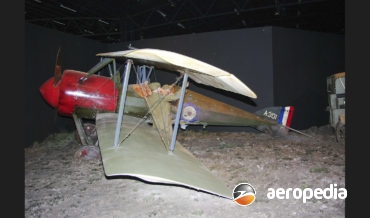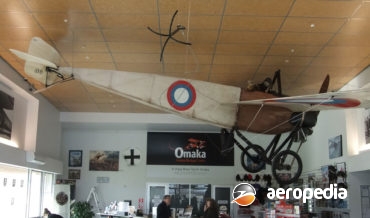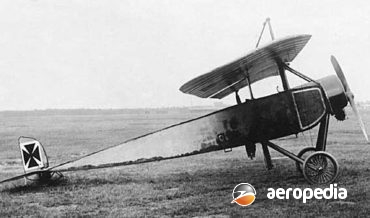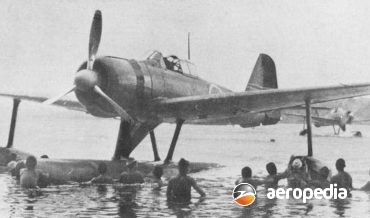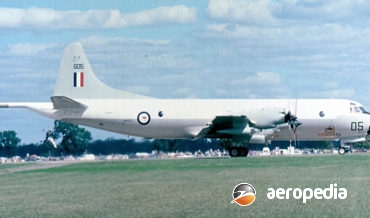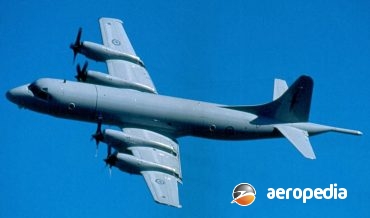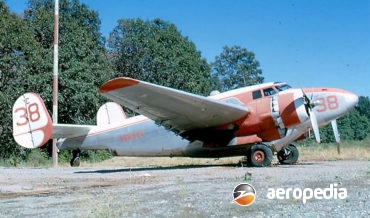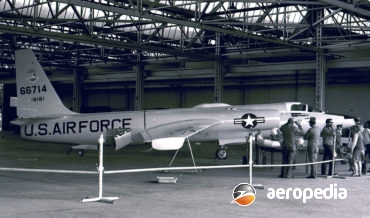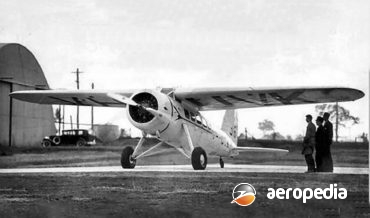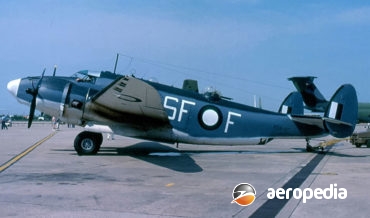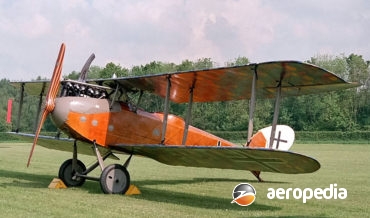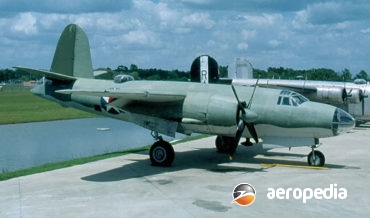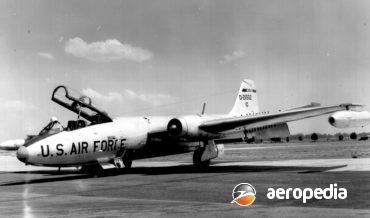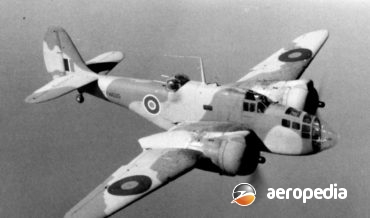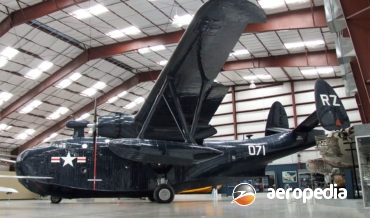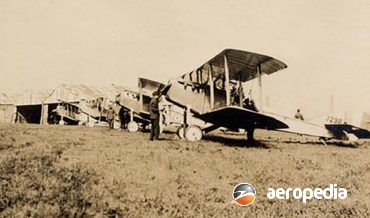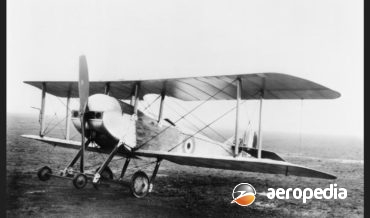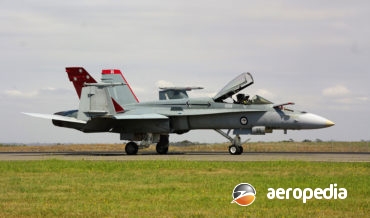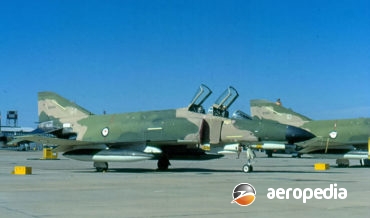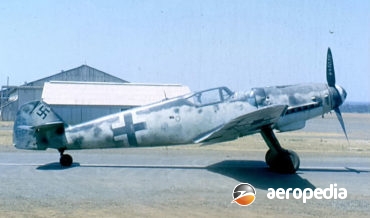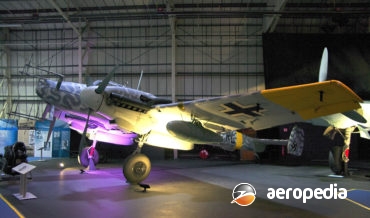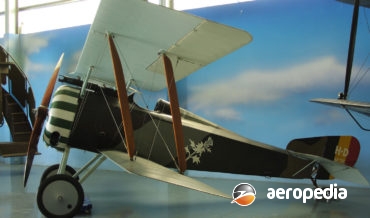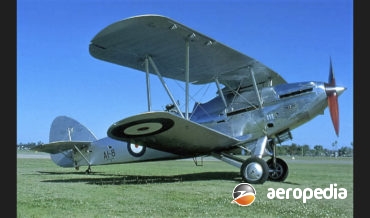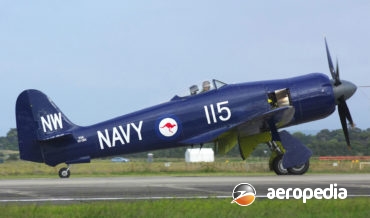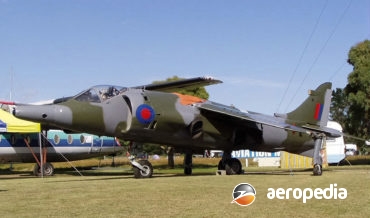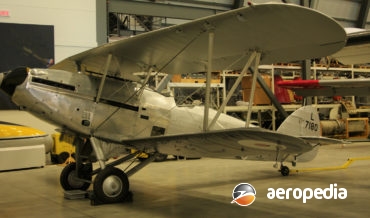David C. Eyre
The Mitsubishi A5M Type 96 Carrier Fighter began its operational career in September 1937 when aircraft of the Imperial Navy engaged aircraft of the Chinese Nationalist Government over the capital, Nanking.
David C. Eyre
- May 19, 2019
In its day the Zero was the foremost carrier-based fighter aircraft, and early in World War II was the subject off a myth of invincibility in the air.
David C. Eyre
- May 19, 2019
The Ki-15 /C5M series of light attack bombers stemmed from a private venture of the Mitsubishi Jukogyo concern in the 1930s to produce a modern stressed-skin construction long-range monoplane.
David C. Eyre
- May 19, 2019
In the 1930s, as part of its interest in the Pacific region, Japan saw the need for floatplanes to operate from sheltered waters of the south Pacific islands in its future campaigns.
David C. Eyre
- May 19, 2019
Designed by Sueo Honjo, and produced by Mitsubishi Jukogyo K K, the prototype G3M “Nell” powered by two 448 kw (600-hp) Hiro Type 91 liquid-cooled engines was flown in April 1935 and attained a maximum speed of 314 km/h (195 mph).
David C. Eyre
- May 19, 2019
The G4M1 type 1 Land Attack Aircraft Model 11 was encountered in the Pacific campaign by the allies in some numbers and is the most well known Japanese bomber.
David C. Eyre
- May 19, 2019
In 1936 the Japanese Air Headquarters issued a specification for a twin-engined monoplane heavy bomber and, to meet this requirement, a number of aircraft designs were proposed by Japanese manufacturers.
David C. Eyre
- May 19, 2019
One of the most attractive aircraft to be operated during World War II, the Mitsubishi type 100 Command Reconnaissance Aircraft, or Ki-46, was designed by Tomio Kubo from the outset specifically for the strategic reconnaissance role and saw service throughout the Pacific, particularly over Malaya, the Dutch East Indies, New
David C. Eyre
- May 19, 2019
In December 1937 a specification was issued for a ground attack aircraft to be developed from the successful Ki-30 “Ann” light bomber and, designated Ki-51, and known to the allies as “Sonia”, the first or two prototypes was completed in June 1939, the second in August 1939.
David C. Eyre
- May 19, 2019
In 1917 Morane-Saulnier designed two fighter aircraft using the fuselage that had been built for the Type AC and which had the Gnome Monosoupape rotary engine.
David C. Eyre
- May 19, 2019
The Model BB was one of a number of fighter designs produced in France during World War I by Societe Anonyme de Aeroplanes Morane-Saulnier.
David C. Eyre
- May 19, 2019
The Societe anonyme des Aeroplanes Morane-Borel-Saulnier was founded in 1911 and commenced the construction of aircraft, one of the first, the Morane-Borel monoplane, making a flight from Paris to Madrid from 21 to 26 May that year.
David C. Eyre
- May 19, 2019
The Type L was a parasol wing single or two-seat parasol wing fighter designed in 1914 for surveillance and artillery observation, being built by Morane Saulnier with a single machine gun firing through the arc of the propeller, which was protected by armoured deflector wedges.
David C. Eyre
- May 19, 2019
Single-engine fighter and fighter-bomber seaplaneDue to the lack of available airstrips on some of the islands Japanese forces were taking during World War II it was decided to develop a floatplane fighter version of the Mitsubishi A6M Zero-Sen fighter, and, as Mitsubishi was fully involved in producing the land-based variant,
David C. Eyre
- May 19, 2019
The B5N series (Type 97 Attack Bomber) was designed by the Nakajima Aircraft Co Ltd of Ota, Japan as a carrier-borne dive bomber, the prototype fitted with a 574 kw (770-hp) Nakajima Kikari 3 radial engine, first flying in January 1937.
David C. Eyre
- May 19, 2019
In 1970 the Model P-3C appeared with new technology weapon systems, and a digital computer to ease the workload for the ten man crew, five of whom were housed in the tactical compartment.
David C. Eyre
- May 19, 2019
The Orion has been described as arguably the most versatile tool in the RNZAF inventory. The process of the RNZAF obtaining the Orion commenced on 24 March 1964 when the New Zealand Minister of defence announced approval in principle for the purchase of five P-3A Orion aircraft to replace the
David C. Eyre
- May 19, 2019
In 1937 the team of Hal Hibbard and Clarence “Kelly” Johnson commenced the design of a new twin-engine fighter for the USAAF powered by two 858 kw (1,150-hp) Allison V-1710-C engines fitted with the General Electric turbo-supercharger, featuring twin-booms, a tricycle undercarriage, and cannon armament.
David C. Eyre
- May 19, 2019
Following the success of the PV-1 Ventura, the chief engineer of Lockheed Vega commenced work on development of a new variant to meet USN requirements, this model, the PV-2 Harpoon, having an increased wingspan, a re-designed tail, an increase in fuel capacity and an increase in all up weight.
David C. Eyre
- May 19, 2019
One of the most notorious research aircraft, the Lockheed U-2 series has become known in the media over the years as a “spy” aircraft, one example flown by Frances Cary Powers having been shot down on such a mission over the Soviet Union.
David C. Eyre
- May 19, 2019
The prototype of the Lockheed Vega, powered by a 168 kw (225-hp) Wright J-5 radial engine, was flown for the first time on 4 July 1927. A Vega was the first aircraft to fly over both the north and south pole.
David C. Eyre
- May 19, 2019
In June 1940 The Vega Aircraft Division of the Lockheed Aircraft Corp at Burbank, California, was awarded a contract by the British Purchasing Commission to supply 875 examples of a new bomber derived from the Lockheed 18 airliner.
David C. Eyre
- May 19, 2019
The LVG series of aircraft was designed by Franz Schneider, and developed by Luft-Verkehrs Gesellschaft Johannistal (LVG), this company producing a series of unarmed reconnaissance and bomber aircraft during World War I, aircraft in this series forming part of the equipment of the German air force units at the outbreak
David C. Eyre
- May 19, 2019
The Martin Model 123 was designed and built as a private venture, this being an attempt by Glenn L Martin Co to obtain contracts from the US Army for an aircraft to be involved in early bomb-dropping experiments.
David C. Eyre
- May 19, 2019
In July 1939 Glenn L Martin Co submitted its Martin 179 design to the US Army Board and received a contract for 201 examples of a radical new bomber designed by Peyton M Magruder.
David C. Eyre
- May 19, 2019
Following the outbreak of the Korean War in 1950, the USAF found it was in need of a medium bomber and, as designs of bombers by Martin and North American were a long way from introduction to service, the decision was made to build the English Electric Canberra under licence,
David C. Eyre
- May 19, 2019
The Baltimore was a development by Glen L Martin & Co of the Martin 167, which saw service with the RAF and SAAF as the Maryland.
David C. Eyre
- May 19, 2019
The Mariner was designed and built by the Glenn L Martin Company of Baltimore, Maryland, to meet a requirement of the US Navy for a long-range patrol flying-boat.
David C. Eyre
- May 19, 2019
Prior to World War I George Handasyde and Paul Martin built a number of designs of other manufacturers, eventually becoming a major supplier of fighting aircraft to the allies during World War I.
David C. Eyre
- May 19, 2019
The Martinsyde S.1 was a single-seat biplane scout operated mainly in the European theatre.
David C. Eyre
- May 19, 2019
The origins of the F/A-18 Hornet stem from the design by Northrop in the late 1960s of the P-530 Cobra.
David C. Eyre
- May 19, 2019
For many years The Phantom II was one of the most important aircraft in the western world’s inventory, but has been phased out of major service. In all 5,201 airframes had been completed by the time production ceased in 1981.
David C. Eyre
- May 19, 2019
The Messerschmitt Bf 109, the most important Luftwaffe fighter of World War II, was produced in larger numbers than any other fighter aircraft ever built, some 33,000 odd being completed.
David C. Eyre
- May 19, 2019
The prototype of the Messerschmitt Bf 110 (Bf 110V-1 – D-AHOA) series made its first flight on 12 May 1936 in the hands of Bayerische Flugzeugwerke A-G test pilot Hermann Wurster.
David C. Eyre
- May 19, 2019
The result of a lengthy development period, the Messerschmitt Me 163, designed by Professor Alexander Lippisch, entered service, as did a number of other German designs, too late to have any real effect on the outcome of World War II.
David C. Eyre
- May 19, 2019
In 1916 the Societe Anonyme de Appareils d’Aviation Hanriot built a fighter for operations in World War I, this aircraft, the HD-1, being designed by Emile Dupont and it was the company’s first fighter design.
David C. Eyre
- May 19, 2019
The lack of potent fighter aircraft was evident in the United Kingdom in 1930 when, during exercises, the Hawker Hart bombers of the RAF were too fast for the then RAF fighter aircraft, the Armstrong Whitworth Siskin, to intercept.
David C. Eyre
- May 19, 2019
The Hawker Sea Fury was the last piston-engine fighter-bomber to be manufactured in quantity in the United Kingdom.
David C. Eyre
- May 19, 2019
After many years of research into vertical take-off and landing (VTOL), on 21 October 1960 Hawker Siddeley flew, tethered, the P.1127 (XP831), a single-seat fighter designed around the Bristol Siddeley Pegasus engine which had four rotating exhaust nozzles to provide vertical and horizontal flight.
David C. Eyre
- May 19, 2019
In 1934 the British Air Ministry foresaw the problems that may later occur in Europe and decided upon a major expansion programme for its military services, one of the fruits of this plan being the Hawker Hind light bomber, designed as an interim replacement for the Hawker Hart, which had
David C. Eyre
- May 19, 2019
Recent Comments
Archives
Categories
- No categories
Categories
- No categories
Latest Posts
Newsletter

